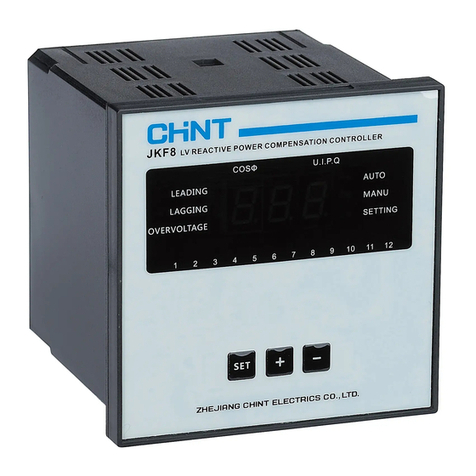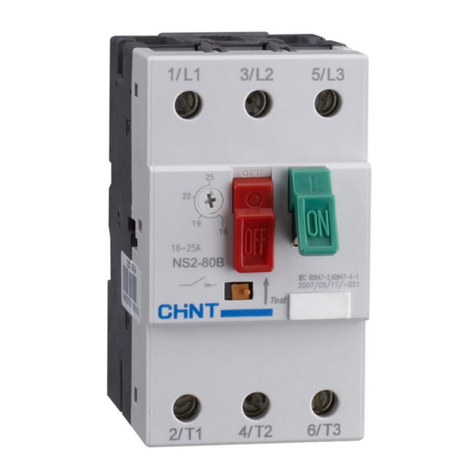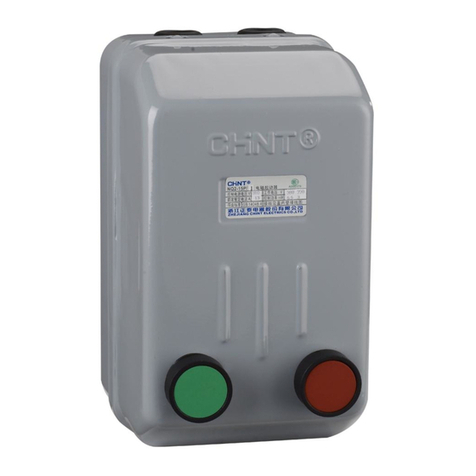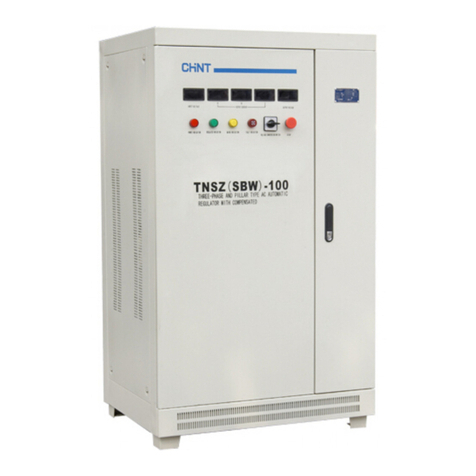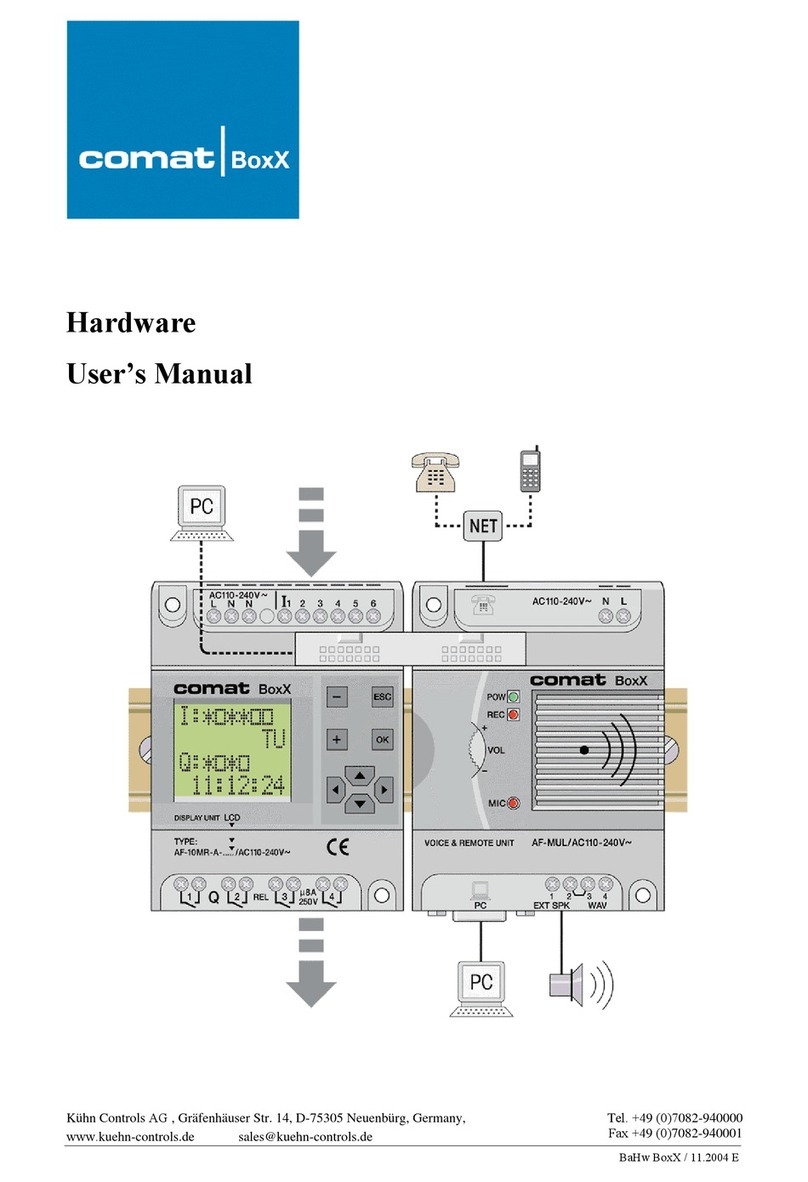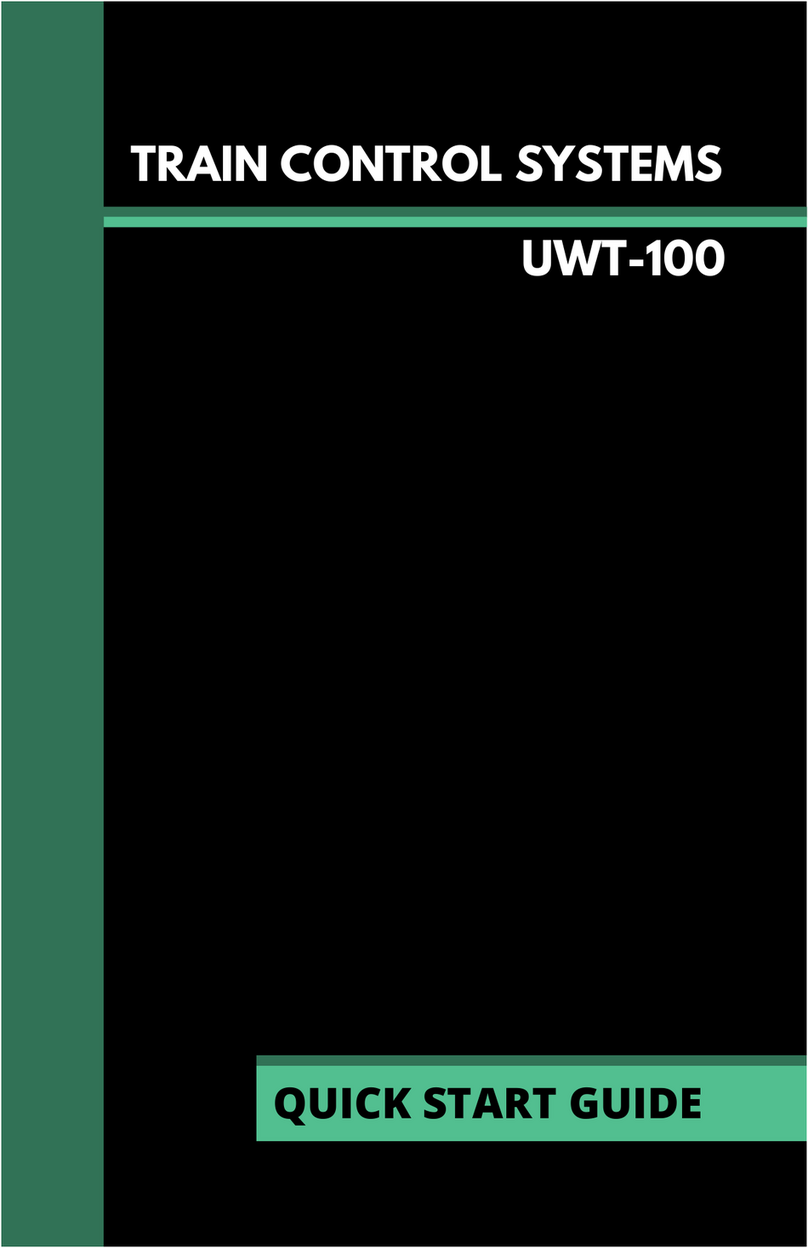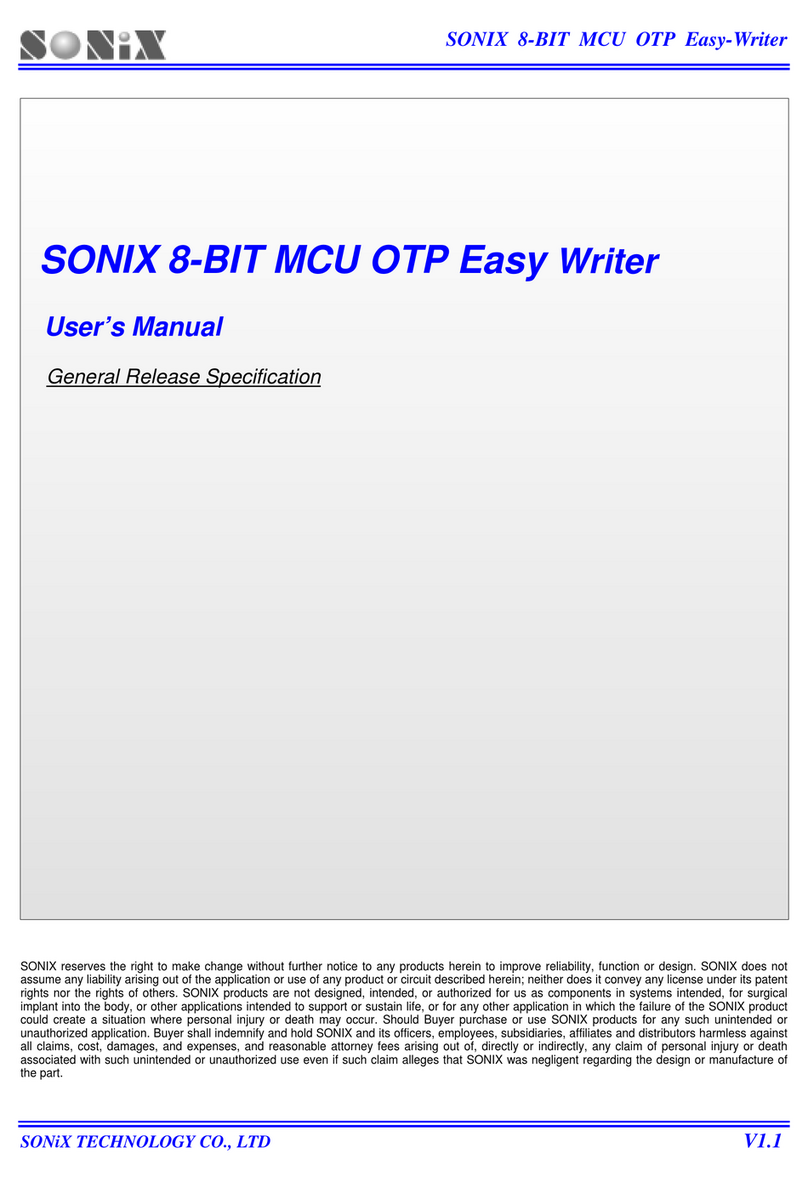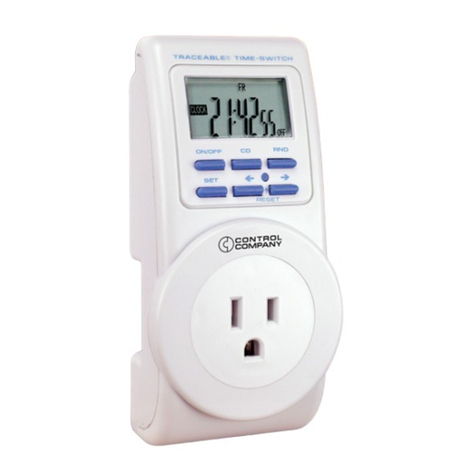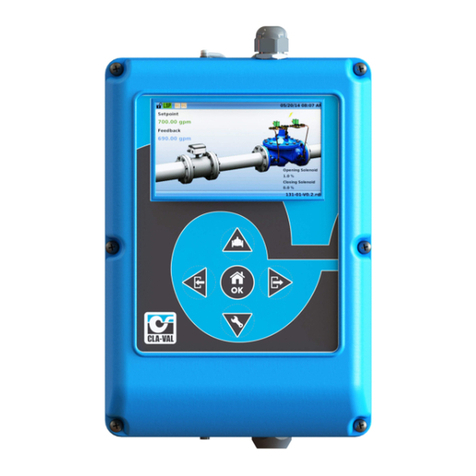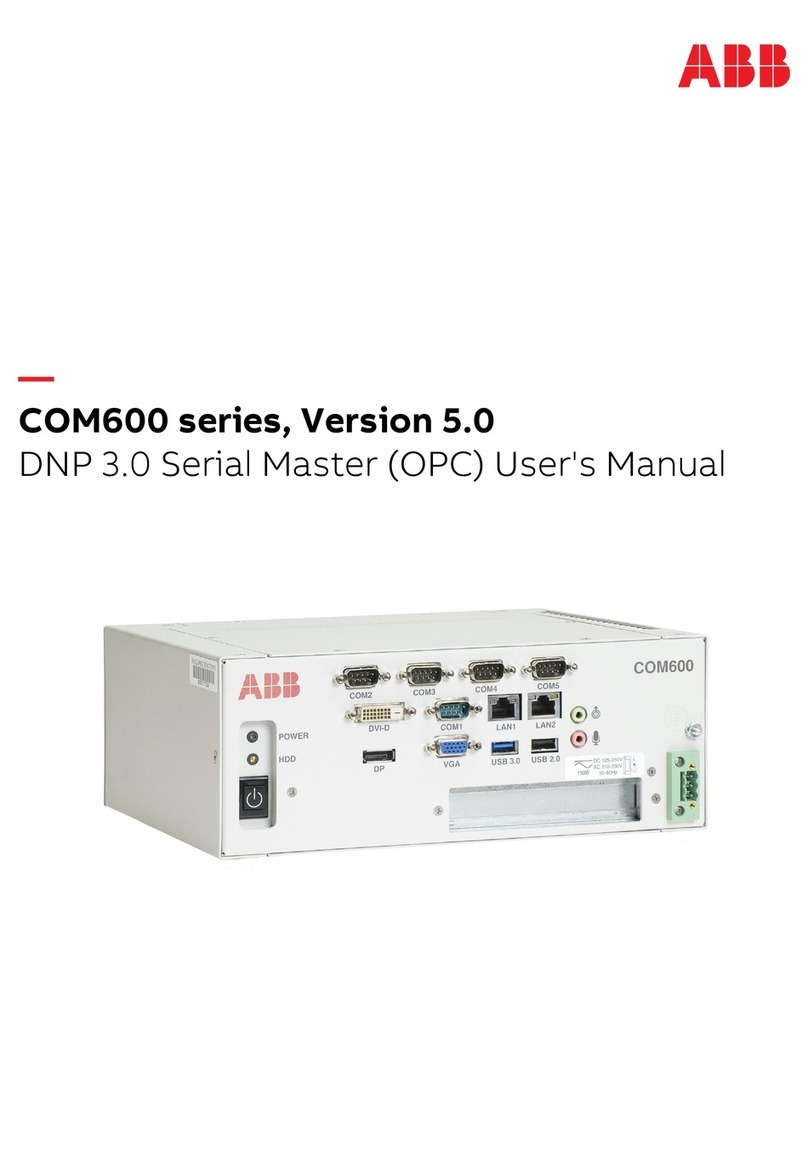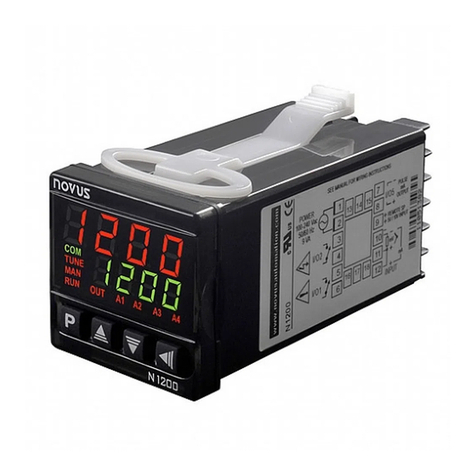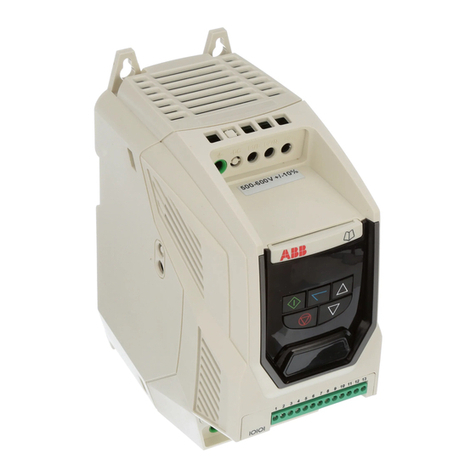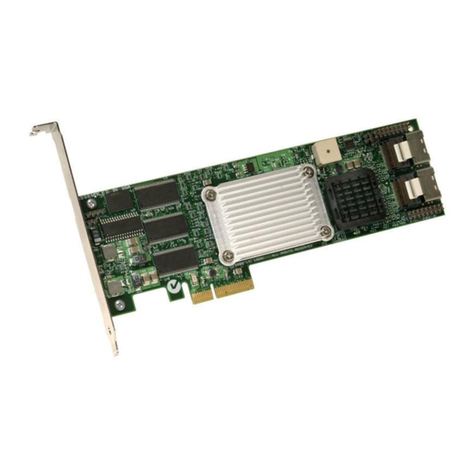CHINT NS2-80 Installation instructions

NO:2020.04
Standard: IEC/EN 60947-2
IEC/EN 60947-4-1
NS2-80
AC Motor Starter
User Instruction

Only professional technicians are allowed for installation and
maintenance.
Installation in any damp, condensed-phase environment with
inflammable and explosive gas is forbidden.
When the product is being installed or maintained, the power
must be switched off.
You are prohibited from touching the conductive part when the
product is operating.
1
2
3
4
Safety Warning

01
User Purpose
1
The NS2-80 AC motor starter (hereinafter referred to as starter) is
applicable to circuits with frequency of AC 50Hz or 60Hz, rated operating
voltage of 690V and below, and current range from 20A to 80A, for
infrequent start control of 3-phase AC motor and protection for short
circuit, overload and phase failure. It can also be used for protection of
distribution line and infrequent load transfer, or used as isolator.
Environmental Conditions and Key
Technical Parameters
2
Table 1 Environmental Conditions
No. Model
Frame
size
rated
current
Inm
A
Rated
current
of
release
In
A
Setting
current
range of
release
A
Rated limit short-circuit
breaking capacity Icu,Rated
operating short-circuit
breaking capacity Ics kA
Flashover
distance
mm
400/415V
1
2
3
4
5
6
NS2-80
50
Icu Ics
Environmental conditions
Ambient temperature (℃)
Hot and humid
atmospheric conditions
-5℃~+40℃, with average temperature
within 24h not exceeding +35℃.
Relative humidity should not exceed 50% at
+40℃, up to 90% at +20℃.
Pollution class/installation category
Altitude No influence below 2000m
Class 3/Category Ⅲ
Table 2 Main Circuit Technical Parameters 1
Setting
current
value of
short
circuit
current
release
Ir A
690V
Icu Ics
80
25
32
40
50
65
80
20 25
23~32
30~40
37~50
48~65
63~80
~ 350
448
560
700
910
1120
50
50
50
50
50
50
17.5
17.5
17.5
17.5
17.5
17.5
4
4
4
4
4
4
2
2
2
2
2
2

02
Table 3 Main Circuit Technical Parameters 2
Content
Rated operating voltage Ue(V)
Rated frequency (Hz)
Rated duty system, specify level of intermittent
duty (if any)
Rated insulation voltage Ui(V)
Rated impulse withstand voltage Uimp(kV)
Enclosure protection class
Strip length of conductor (wire/busbar) before
being inserted into terminals (mm)
Cross-sectional area of conductor
(wire/busbar) (mm )
2
Maximum allowable number of conductors
(wire/busbar)
Size of terminal fastening screw (or bolt)
Tightening torque of terminal fastening screw
(N.m)
Operation frequency (time/hour)
Available contactor
690V and below
50/60
Continuous duty system
690
8
IP20
10
4~25
1
M8
6
≤25
NC1, NC8
No. Parameters
1
2
3
4
5
6
7
8
9
10
11
12
13
Table 4 Basic Parameters of Auxiliary Contacts
Instantaneous
auxiliary contact
assembly
Instantaneous
auxiliary contact
assembly
Name Model Terminal
mark
Rated
insulation
voltage
Ui
V
Conventional
free air
thermal
current Ith
A
Application
category
Rated
operating
voltage
Ue
V
Rated
operating
current
Ie
A
NS2-AE20
NS2-AE11
13-14,
23-24
13-14,
21-22
250
250
2.5
2.5
AC-15
AC-15
DC-13
DC-13
230/240
230/240
60
60
0.5
0.5
0.15
0.15

03
Table 5 Models and Basic Parameters of
Undervoltage Release and Shunt Release
Instantaneous
auxiliary contact
assembly
NS2-AU20
(NS2-80)
NS2-AU11
(NS2-80)
(73)43-44
(74),
(63)33-34
(64)
(73)43-44
(74),
(61)31-32
(62)
690
690
6
6
AC-15
AC-15
230/240
230/240
380/415
380/415
3.3
3.3
2.2
2.2
DC-13
DC-13
220
220
0.5
0.5
Instantaneous
auxiliary contact
assembly
Name Model Terminal
mark
Rated
insulation
voltage
Ui
V
Conventional
free air
thermal
current Ith
A
Application
category
Rated
operating
voltage
Ue
V
Rated
operating
current
Ie
A
Name
110V 115V/50Hz or 127V/60Hz
220V~240V/50Hz
380V~400V/50Hz or 440V/60Hz
110V~115V/50Hz or 127V/60Hz
220V~240V/50Hz
380V~400V/50Hz or 440V/60Hz
~
Model Terminal
mark
Rated
insulation
voltage Ui V
Rated control circuit voltage
Uc
690
D1/D2
D1/D2
D1/D2
C1/C2
C1/C2
C1/C2
NS2-UV110
NS2-UV220
NS2-UV380
NS2-SH110
NS2-SH220
NS2-SH380
Undervoltage
release
Shunt
release
No.
1
2
Table 6 Instantaneous Trip Characteristics
Test current Inital status Set time Expected results
0.8Ir
1.2 Ir
Cold state
Cold state
t≥0.2s
t<0.2s
No trip
Trip
Continued table 4

04
x times of setting current
Time(s)
10000
1000
100
10
1
0.1
0.01
0.001
11
22
33
11.5 210 100
1 Start from cold state, 3 poles
2 Start from cold state, 2 poles
3 Start from thermal state, 3 poles
Figure 1 Time – current characteristic curve (20℃)

05
Installation
3
3.1 Installation
21±0.5
φ4.5
R2.3
110±0.8
120.9±0.8
107.3±0.8
35.7±0.3
63.6±0.8
118.4±0.8
1/L1 3/L2 5/L3
2/T1 4/T2 6/T3
Figure 2 Outline and installation dimensions of NS2-80
NS2-AU20,
AU11
NS2-AE20,
AE11 NS2-SH,UV
11
1/L1 3/L2 5/L3
2/T1 4/T2 6/T3
100.2 18
9.3
9.3
Figure 3 Positions and dimensions of accessories

06
Step1 Step2 Step3
Figure 4 Assembly method of NS2-AE
See Figure 5 for assembly procedure of starter and auxiliary contacts
when the starter is disconnected:
Confirm the starter is disconnected ;
Step1:Hang the front end of the auxiliary contacts on the slot at the left
front of the starter and move the auxiliary contacts towards the starter;
Step2:Before the extension bar at the center of the auxiliary contacts
touches the starter, use a screwdriver to push the central slot of the auxiliary
contacts so it stays at the top; Push the auxiliary contacts towards the
starter, press and hold the blue button at the end of the auxiliary contacts
and fit it into the starter;
Step3:After fitting the auxiliary contacts, break and make the starter for
5 – 10 times, check if the slot at the center of the auxiliary contacts can
move together with the starter reliably. In the meantime, check if the
auxiliary contacts are powered-on normally; if there is any abnormality,
repeat step1 – step3).

07
Step1 Step2 Step3
Figure 5 Assembly method of NS2-AU
Step1 Step2
Figure 6 Assembly method of NS2-SH/UV
3.2 Wiring
Single core PVC insulated coppoer wire is used, see Table 7 for cross-
sectional area of wires.

08
Table 7 Operating current and cross-sectional area of wires
Current range
A
Nominal cross-sectional area of wires
2
mm
12 I≤20<
20<I≤25
25<I≤32
32<I≤50
50<I≤65
65<I≤80
<2.5
4.0
6.0
10
16
25
3.3 Adjustment and Inspection
1) Check if the rated voltage (Ue) of the starter matches with the actual
control voltage of the power supply.
2) Check if the rated operating current of the motor is within the setting
current range of the starter.
3) Check if the starter can operate normally: Turn the knob of the starter
to 1 and press TEST button, you should hear the starter is disconnected and
the knob should be turned to O. If not, pelase replace the starter.
4 ) The operating current of the starter (setting current value of thermal
element) should be determined based on the rated current of the motor. If
you need to use a setting current value between two scales, you can slightly
turn the cam proportionally and make adjustment during actual operation.
3.4 Selection of backup fuse
Protection will be provided by the starter if the short circuit current is
smaller than or equal to the rated limit short circuit breaking capacity of the
starter; if the short circuit current is bigger than the rated limit short circuit
breaking capacity of the starter, proteciton will be provided by fuse or circuit
breaker. See Table 8 for the models and current of the backup fuse of the
starter.

09
Maintenance
4
Clean the dust on the motor starter everyday. Conduct product test and
maintenance once half a year to ensure the flexibility of the operating
mechanism and the good contact of the contacts. Tighten the terminal
screws according to specified torque, and coordinate the load protection
capacity of the motor starter according to commissioning requirements.
The starter should be handled carefully during transportation and
installation. It is forbidden to use crane to handle the starter which can
damage the product and change its protection features.
Table 8 Models and current of the backup fuse of the starter
1
2
3
4
5
6
25
32
40
50
65
80
20 25
23~32
30~40
37~50
48~65
63~80
~250
250
250
315
315
315
160
160
160
200
200
200
No.
Rated
current
of
release
In A
Setting
current
range
Ie A
Specifications of backup fuse
aM A aM A
400V/415V
gG A gG A
690V
Standard rated power
of 3-phase motor kW
315
315
315
400
400
400
200
200
200
250
250
250
AC-3
400V/415V 690V
11
15
18.5
22
30
37
18.5
22
37
45
55
63

10
Environmental Protection
5
In order to protect the environment, the product or product parts
should be disposed of according to the industrial waste treatment process,
or be sent to the recycling station for assortment, dismantling and recycling
according to local regulations.
Table 9 Analysis and Troubleshooting of Faults
Symptoms Cause analysis Troubleshooting method and precautions
The starter
operates in
advance.
The starter
does not
operate.
The setting current of the
starter is smaller than the
actual operating current
of the motor.
Strong impact or
vibration
Use the cam to fine tune the product to
match the setting current matches with the
actual current of the motor.
Check the installation site and eliminate the
fault to match the product is free from
strong impact or vibration.
Frequent start of motor There should be a certain interval between
each start of the motor. The maximum start
frequency is 25 times/hour.
The cross-sectional area
of the connecting wire is
too small.
Select standard wire according to Table 7.
The setting current of the
starter is bigger than the
rated current of the
motor.
Use the cam to fine tune the product to
match the setting current matches with the
actual current of the motor.
The cross-sectional area
of the connecting wire is
too big.
Select standard wire according to Table 7.

QC PASS
Test date: Please see the packing
ZHEJIANG CHINT ELECTRICS CO.,LTD.
NS2-80
AC Motor Starter
IEC/EN 60947-2
IEC/EN 60947-4-1
Check 28
11

NS2-80
AC Motor Starter
User Instruction
Zhejiang Chint Electrics Co., Ltd.
Add: No.1, CHINT Road, CHINT Industrial Zone,North Baixiang,
Yueqing, Zhejiang 325603,P.R.China
E-mail: global-sales@chint.com
Website: http://en.chint.com
Table of contents
Other CHINT Controllers manuals
Popular Controllers manuals by other brands
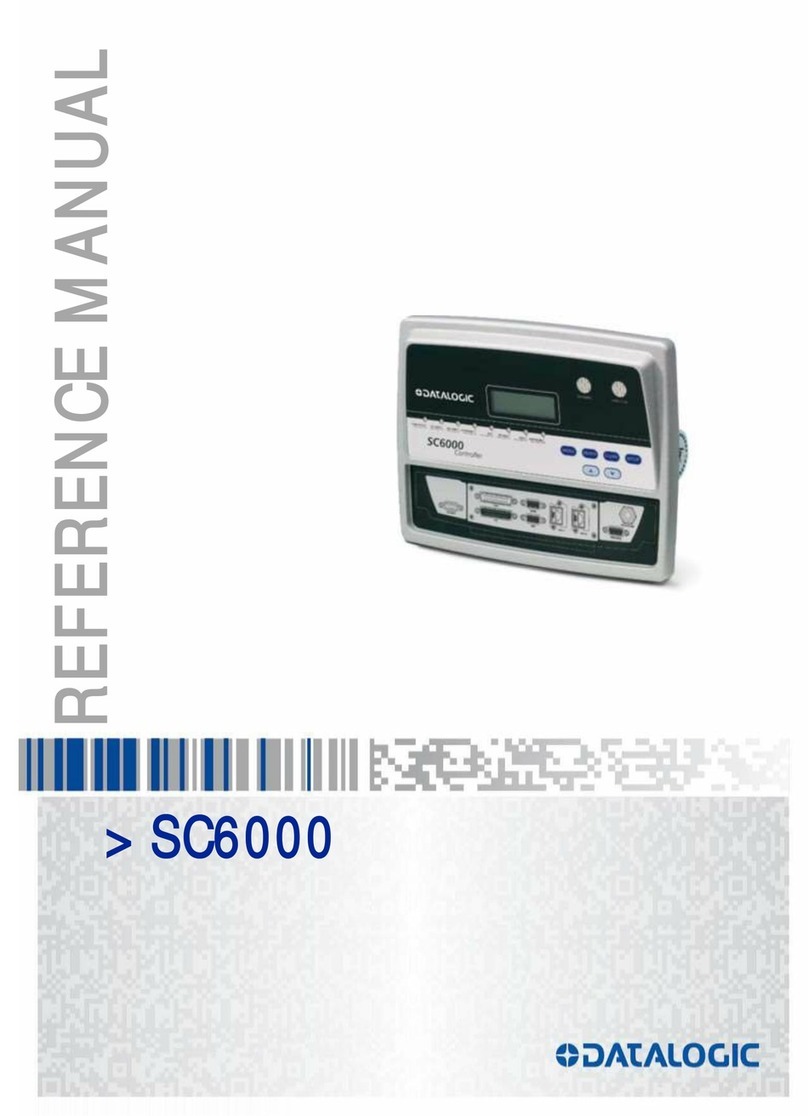
Datalogic
Datalogic Controller SC6000 Reference manual
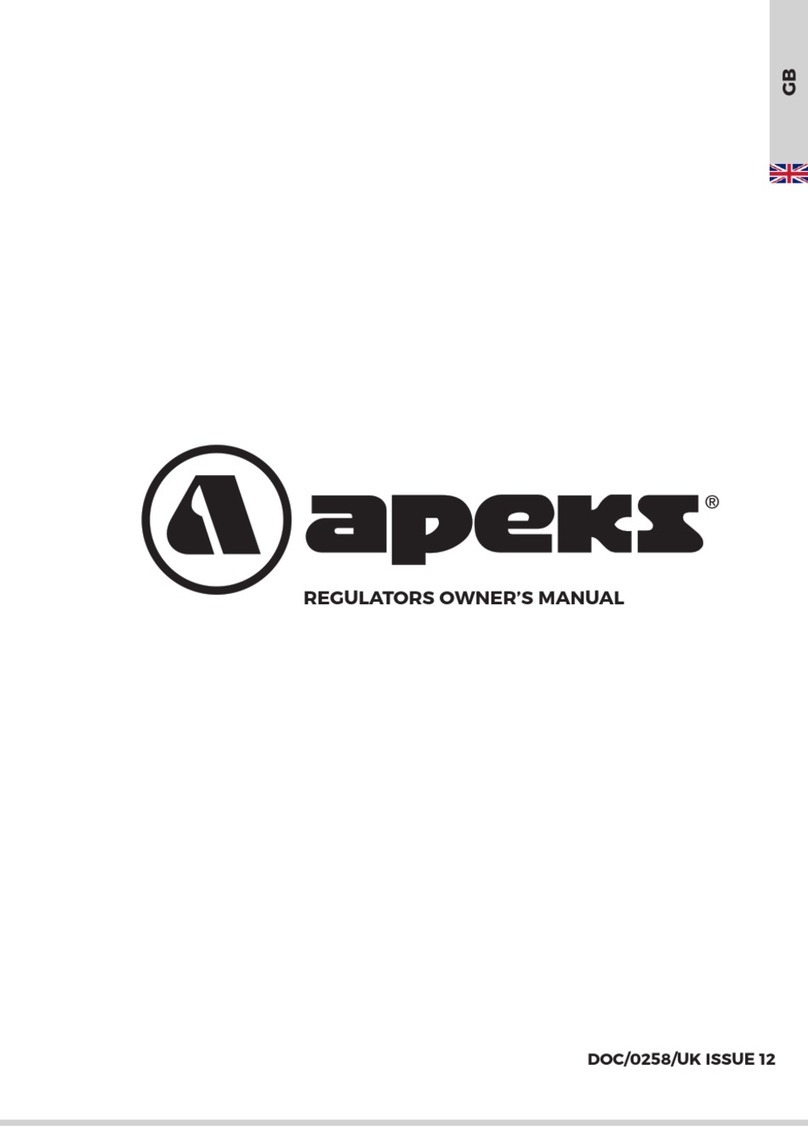
Apeks
Apeks TEK3/XTX50 owner's manual

Panasonic
Panasonic AFPXHEAD4 user manual
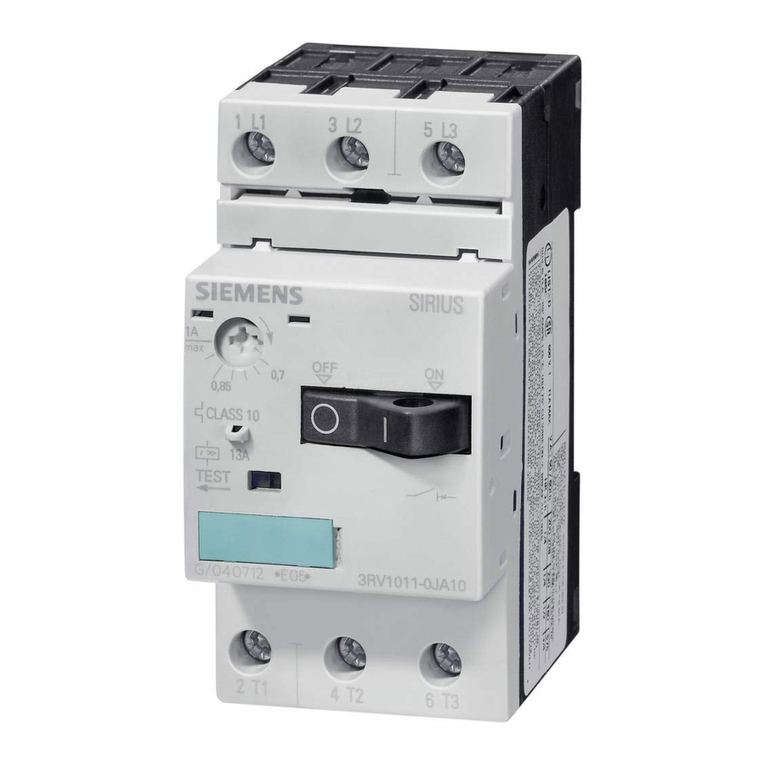
Siemens
Siemens SIRIUS operating instructions
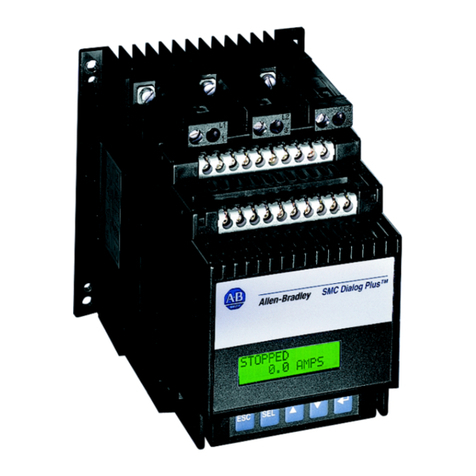
Rockwell Automation
Rockwell Automation SMC Dialog Plus user manual

Philadelphia Scientific
Philadelphia Scientific iBos Charger-Splitter installation manual
